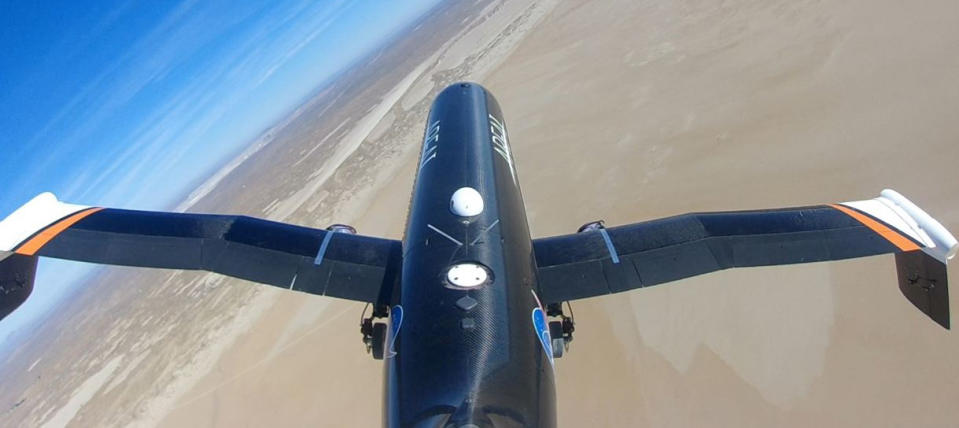NASA tests light, foldable plane wings for supersonic flights
They have aerodynamic benefits for subsonic planes, too.
Planes that can fold their wings to different angles while in the air have the potential to fly faster than their peers, and NASA has recently made headway into their development. The space agency has conducted a series of test flights proving that it can control the wings it designed to move into any position and that they have aerodynamic benefits. While the technology has existed for a long time, it typically requires the use of heavy hydraulic systems. NASA's version doesn't need that kind of machinery: it relies on the properties of a temperature-activated material called shape memory alloy instead. Upon being heated, the alloy activates a twisting motion in the tubes serving as the wings' actuator, moving the wings' outer portion up to 70 degrees upwards or downwards.
The foldable wings will give typical planes like commercial airliners a way to adapt to different flight conditions. They can give pilots more control over their aircraft and could even lead to more fuel efficient flights. Planes designed to fly at supersonic speeds (faster than the speed of sound), however, will get more out of this technology.
As Matt Moholt, the principal director of the Spanwise Adaptive Wing project, said:
"There's a lot of benefit in folding the wing tips downward to sort of 'ride the wave' in supersonic flight, including reduced drag. This may result in more efficient supersonic flight. Through this effort, we may be able to enable this element to the next generation of supersonic flight, to not only reduce drag but also increase performance, as you transition from subsonic to supersonic speeds. This is made possible using shape memory alloy."
The team now plans to continue developing the technology until the foldable wings can move both up and down during a single flight. At the moment, they can only fold in a single direction in the air, and team members have to rearrange the hardware every time they want to test if the wings can move in the opposite direction. They'll be busy making that happen within the year, since they're aiming to conduct the next batch of test flights by summer of 2018.


